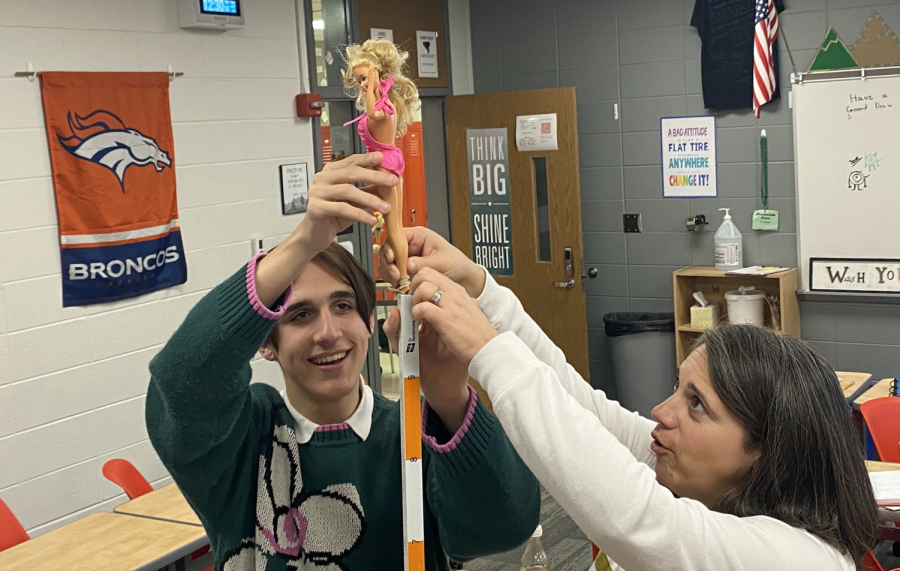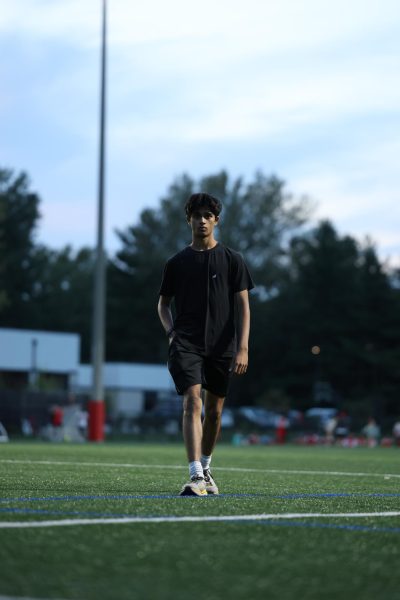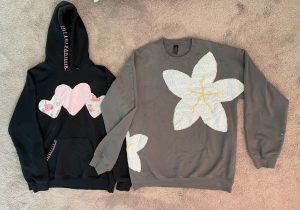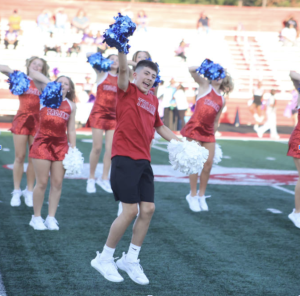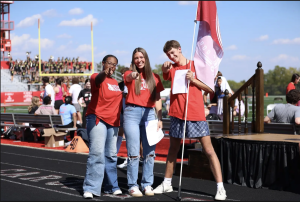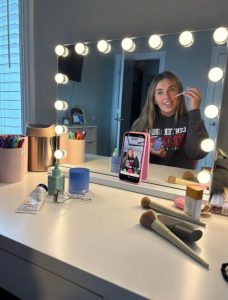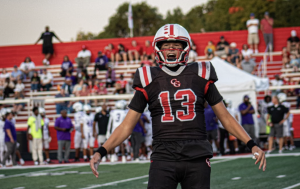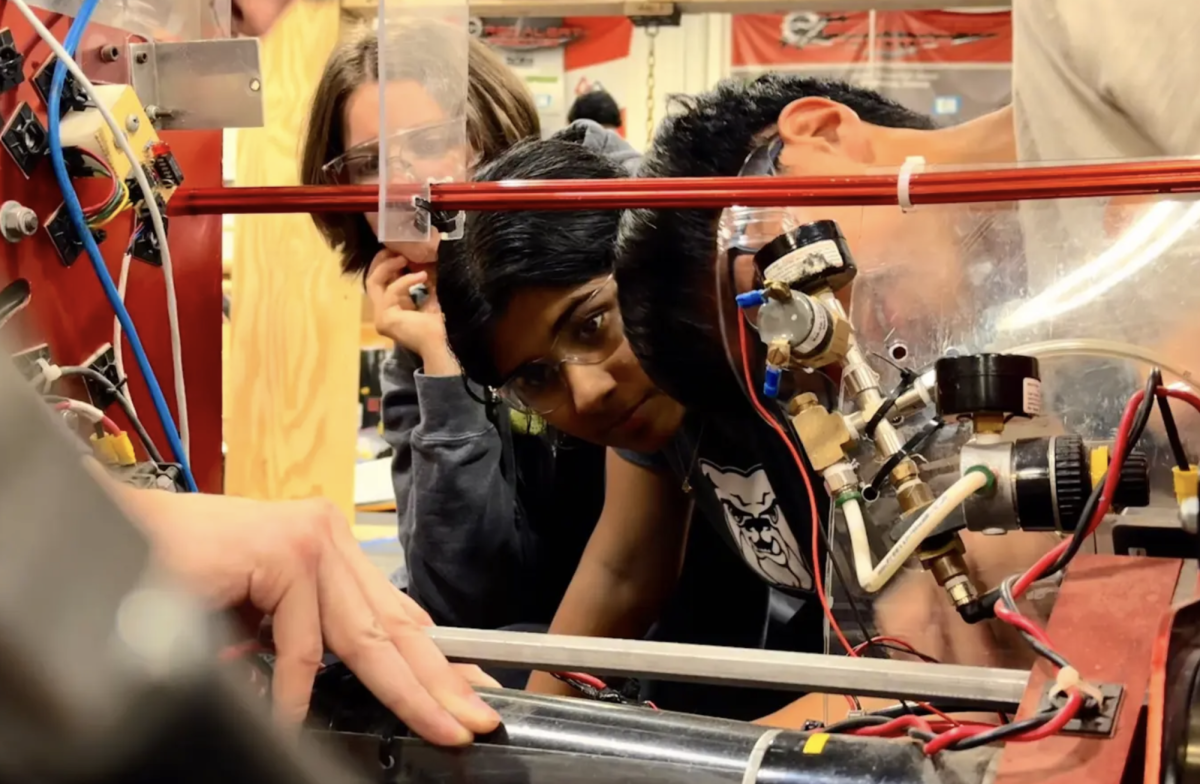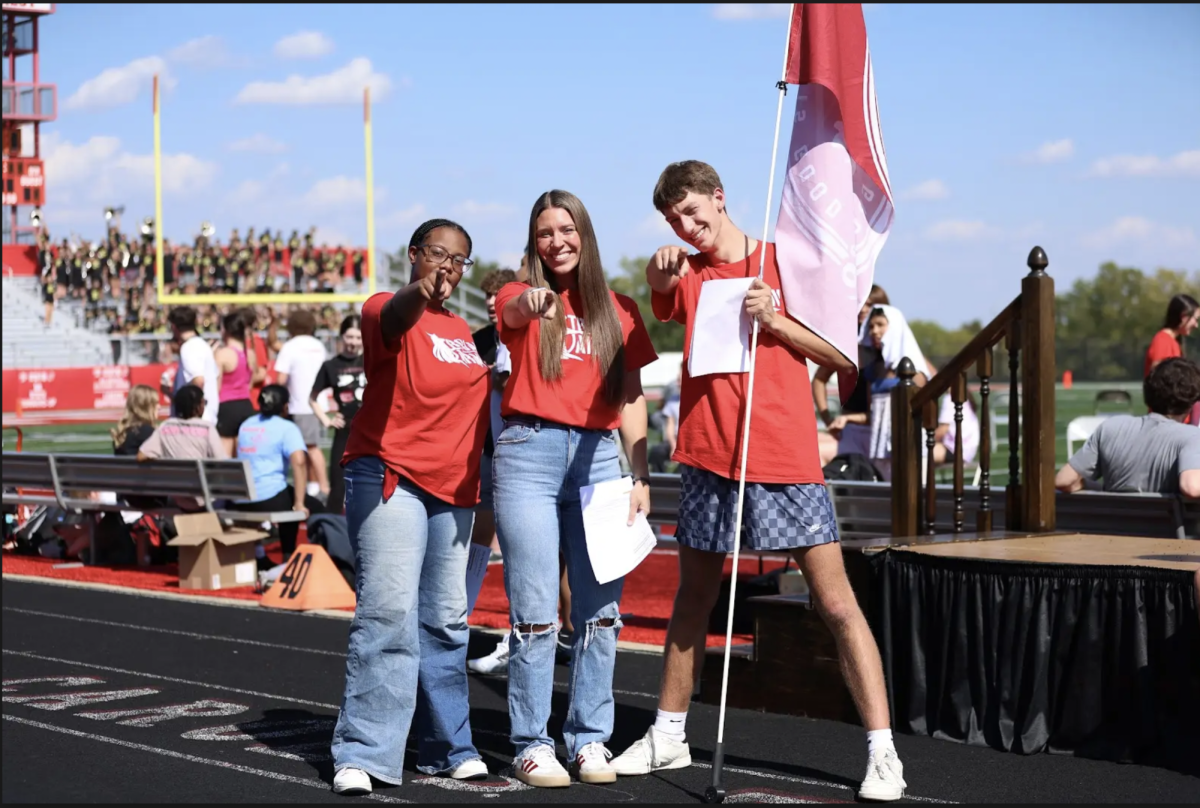Data with dolls
AP Statistics students participate in Barbie activity to practice data collection, Least Squares Regression Lines
Senior Lincoln Eads holds a Barbie doll above a measuring stick next to AP Statistics teacher Julie Coyne.
October 22, 2022
Students in Julie Coyne’s period 1 and 9 AP Statistics classes participated in a “Barbie Drop” to learn about Least Squares Regression Lines in an unique and creative way.
“It’s in order to test out the Least Square Regression Lines, which are essentially slope lines,” junior Ray Roberts said. “It’s a line of best fit essentially, and so we did practices dropping the Barbie from shorter distances in order to calculate the line, and now we are going to drop Barbies from 14 feet 4 inches. [Then], we use the data we had from the smaller data to try and predict how many rubber bands we need to be able to drop to get the Barbie closer to the ground without hitting her head.”
During the activity, students were able to enjoy the process while also learning more about the statistics behind it.
“I guess we just did lots of test-taking, like testing the Barbie from different amounts of rubber bands, trying to see how far she will go with each one so we can then plot out the data and figure out how many rubber bands we need,” Roberts said.
During the project, students had to delve deeper into their problem-solving skills in order to be able to acquire the correct measurements.
“There’s a lot of problem-solving that you have to do and you have to double check all of your calculations to make sure you did all your things right,” senior Lauren Durbin said. “There are a lot of times where we had to redo some of our measurements because either something went wrong or just didn’t work out the way it should have.”
Before the activity started, students faced a hurdle when the space allotted to the class for the project turned out to be faultily measured.
“ I had to get measurements from the balcony, which I guess I didn’t communicate correctly as to which balcony I wanted, but that’s okay,” AP Statistics teacher Julie Coyne said. “We fixed it. We just went into the pool [area]. I didn’t have enough Barbies, so I had to find Barbies. I had some kids bring some in and my sister was getting rid of a bunch, so I took those.”
Despite the challenge, students were able to collect their data and bring an end to an otherwise enlightening experience.
“I like the part where we put our data to use and actually do an experiment to see how well we did,” Durbin said.


